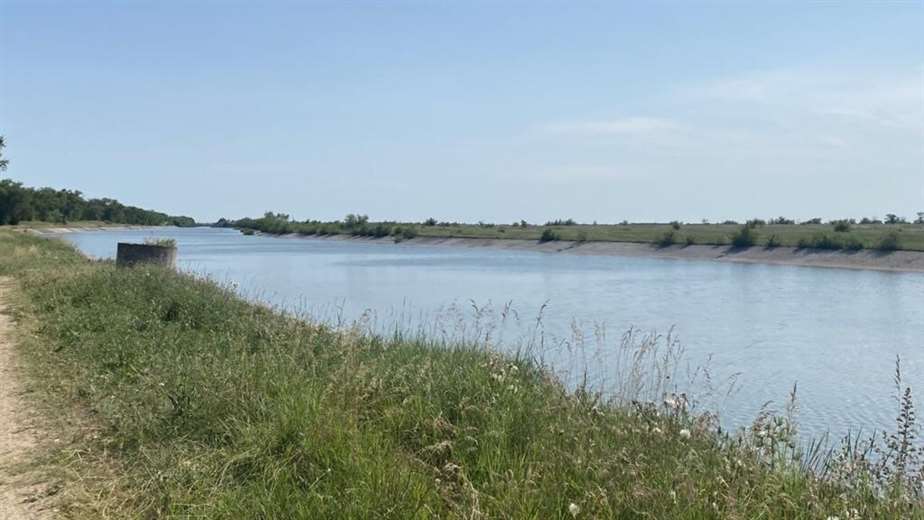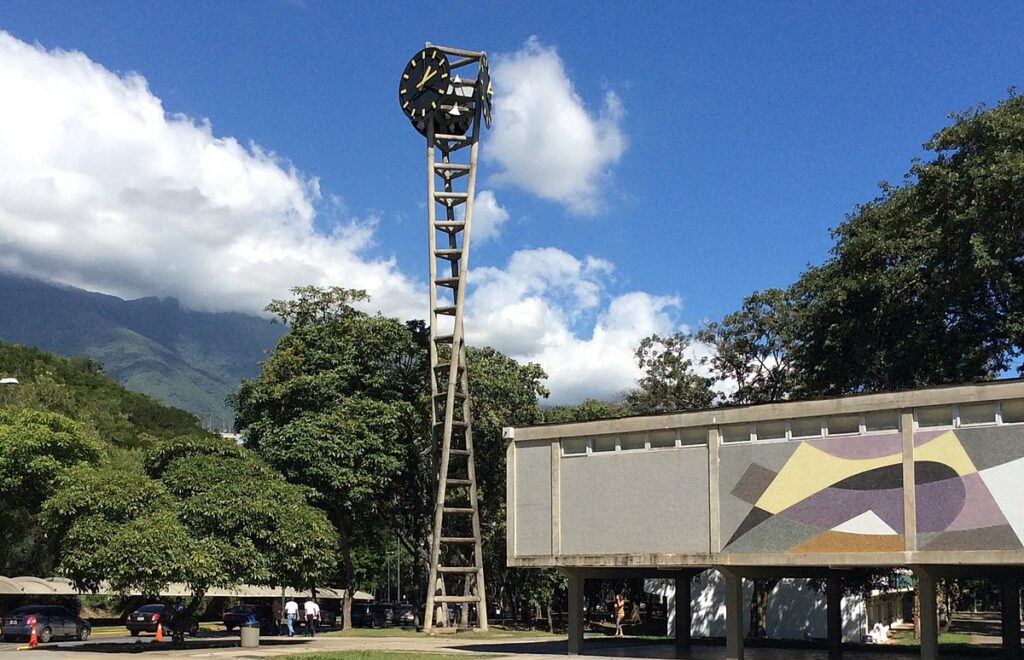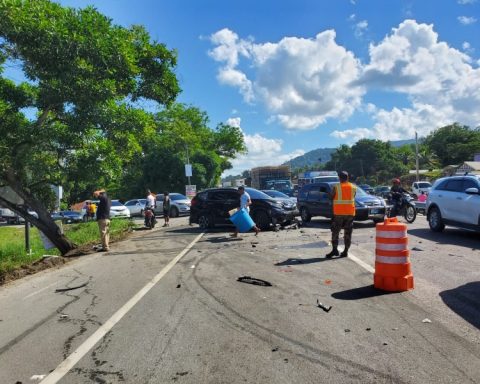
June 7, 2023, 10:25 AM
June 7, 2023, 10:25 AM
The threat of the destruction of the Nova Kakhovka dam loomed since last autumn, before Russia abandoned the city of Kherson. From Tuesday June 6, Ukraine and Russia accuse each other of being responsible for its explosion, which caused massive flooding in both kyiv-controlled areas and those in the hands of Russian troops in the Kherson region. In Crimea, they fear running out of water.
It is a vital route for the peninsula: the North Crimean Channel is fed by the Nova Kakhovka dam, on the banks of the Dnieper. After annexation in 2014, Ukraine closed the valves. Getting the water flowing again was one of Moscow’s strategic goals and was widely celebrated in the Russian media.
When the offensive was launched on February 24, 2022, it took Russian paratroopers less than 24 hours to gain control of the water supply. Images of a soldier at the dam reopening the gates and torrents of water rushing through the canal made headlines again in Russia. In Dzhankoy, the largest city in Crimea, in the south of the Kherson region, half the population even went to the canal to witness the event.
On Tuesday June 6, a few hours after the announcement of the destruction of the dam, some 170 kilometers to the north, only a handful of inhabitants of this garrison town took a break on this vital route or went fishing.
“Two years ago, at this time of year, I was already all scorched by the sun”
He does not want to talk. Vladimir Ivanovitch Alexeienko was the only one who expressed himself, as he passed through a street lined with huge gardens overflowing with fruits and vegetables: “Two years ago, at this time of the year, when the canal had not yet flowed again, everything was already burned because of the sun, everything was already brown”, says the pensioner. “And now, you see, everything has blossomed again,” he says.
“Here there is underground water, but it is mineral and salty, so it is not drinkable. And the water from the canal, well, that’s life! When the earth drinks good water, it can produce, but if it drinks bad water, it is the Sahara desert. sure now we are worried about running out of water again. I have strawberries, peaches, pears, apple trees, even walnuts. Everyone needs good water from the canal. When there was no water, there was no harvest, and this year we have a good harvest. My eldest son was already thinking of buying pigs and a cow. Because he already sees how much grass there is here: absolutely everything is green. In less than two years, everything has flourished again. Can you imagine the quality of this water? », tells RFI the retiree, who fears that he will not have water in Dzhankoy again.
“There is more than enough drinking water,” Crimean leader Sergei Axionov briefly said on his Telegram channel on Tuesday morning.
All the pollution caused by the dam explosion “will flow here”
Awaiting further details from local authorities, Dzhankoy’s 37,000 residents have not missed a thing, including the “150 tons of motor oil” dumped into the Dnieper River after the dam was destroyed, according to reports. Ukrainian authorities. They warn of an environmental risk.
Local Telegram channels are already expressing alarm over water contamination: “Everything is going to spill out here,” they say. In an interview with the state news agency Ria Novosti, a professor at Moscow’s MGU University also warned of heavy metal contamination: “A real chemical bomb.”
Since last spring, some farmers around Dzhankoy have reintroduced the cultivation of rice and corn and reopened fish farms, some of which extend to the new fortifications built this fall. The canal supplies in total 85% of Crimea’s water needs and its 1.9 million inhabitants.















